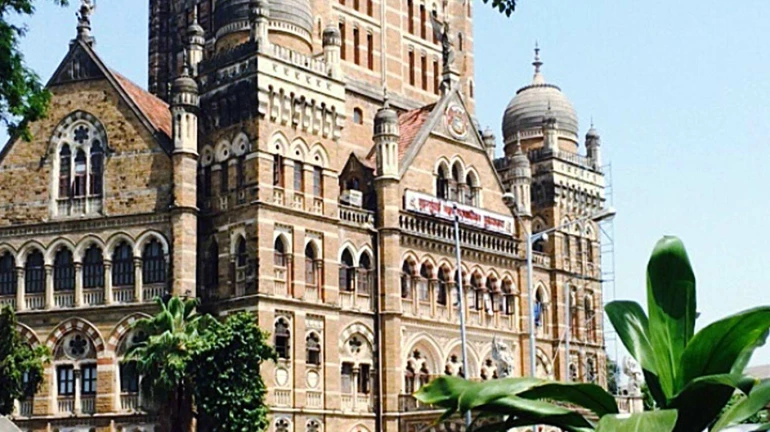
Last week, a report stated that Mumbai is on the verge of facing water scarcity due to dipping lake levels. Owing to this, there might be a 10% water cut in the city from March was out.
Despite this issue, the Brihanmumbai Municipal Corporation (BMC) averagely uses 15.49 lakh litres of water daily to wash roads under Chief Minister Eknath Shinde’s deep cleaning scheme.
The civic body's hydraulic department uses water from sewage treatment facilities and bore wells to wash 422 roads, totaling about 659.09 km daily. 211 tankers have been sent out for the mission. An additional 59.5 km of roadways are misted with water to reduce dust pollution using 18 misting machines.
This reserve may have been used in public restrooms, public gardens, and firefighting, among other secondary uses.
In an effort to reduce dust and enhance the general cleanliness of the city and its surroundings, a weekly drive was started in early December and changed to a daily drive at the start of February. Ward officials create weekly schedules for the drive, which takes place between 6.30 am and 2 pm every Monday. In this, 175 tons of dust are collected every day from these 25 wards.
The Chief Engineer of Solid Waste Management (In-Charge), Prashant Tayshetye, said that in 25 wards, there are a minimum of 100 locations from which they draw water for misting machines to combat air pollution. These locations include borewells and sewage treatment plants.
K West ward in Andheri-Juhu uses the most water (1.20 lakh litres), followed by K East ward (Andheri East, Jogeshwari East, and Vile Parle East) (1.14 lakh litres).
The Chairman of Centre for Water Policy and Governance at the Tata Institute of Social Science (TISS), Pranjal Deekshit, said that there is no way to establish a direct correlation between the extraction and depletion here. He also highlighted that water that can be used for secondary purposes shouldn’t be wasted on cleaning roads.
He further added that Mumbai is still growing vertically, and the BMC is under the pressure of setting up large pipelines.
Pranjal Deekshit pointed out the transformation of central Mumbai over the last 15 years. He said that many high-rises have come up for both commercial and residential purposes. He opined that, in order to meet the demands of the redeveloped area of Mumbai, the pipeline network as a whole has been modified. Water efficiency is necessary, and if dams aren't able to supply enough, groundwater will have to be used for secondary uses like public gardens and fire departments. Therefore, using such water to clean streets and highways is not advised.
Last season, Mumbai witnessed lower rainfall in September and October. This has resulted in lower lake levels for the city. The decrease in lake levels is ascribed to heightened evaporation as a result of this season's warmer winter and the monsoon's early departure.





